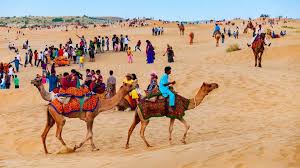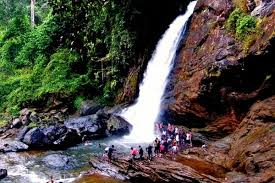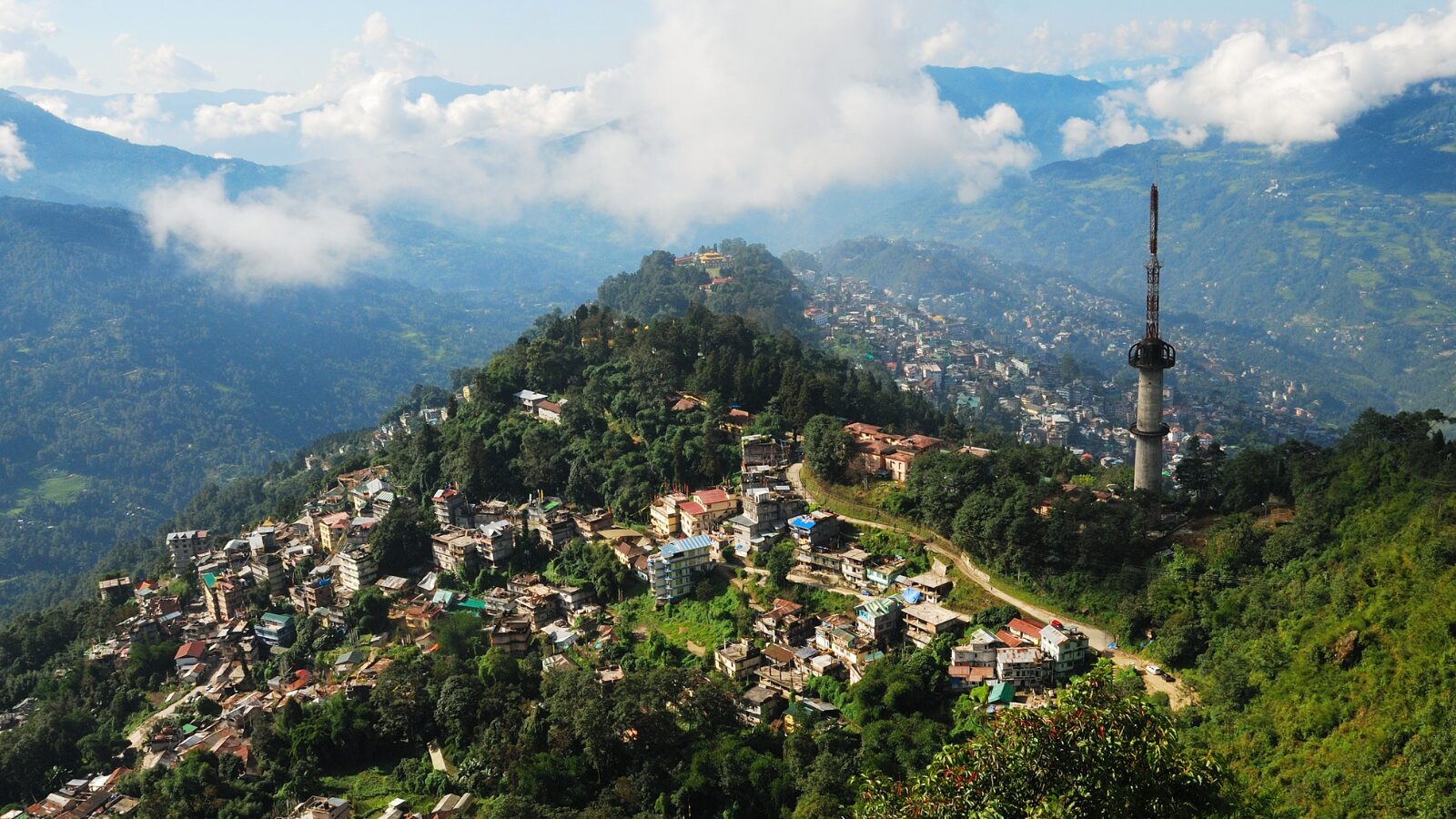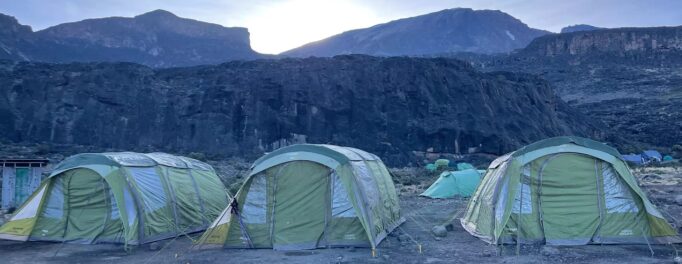Discover the Untamed Beauty of Rajasthan: A Guide to Wildlife Tourism
Rajasthan, known for its royal palaces, forts, and vibrant culture, is also home to a wealth of diverse wildlife that thrives in its national parks and sanctuaries. The state’s varied landscapes, ranging from the desert to lush forests, provide a perfect environment for many species of animals and birds.
For nature lovers and adventure enthusiasts, Wildlife Tourism in Rajasthan offers a chance to explore the untamed beauty of the region while observing rare and endangered species in their natural habitats. From the iconic Bengal tiger to the elusive leopard, Rajasthan’s safari spots are a haven for wildlife enthusiasts.
If you are planning a trip to Rajasthan and wish to explore its wild side, here’s a guide to the best safari spots in the state, where you can get up close to the state’s incredible flora and fauna.
1. Ranthambore National Park – The Tiger Haven
Undoubtedly one of the most famous wildlife sanctuaries in India, Ranthambore National Park is a must-visit for anyone interested in Wildlife Tourism in Rajasthan. Located in the Sawai Madhopur district, this park is renowned for its population of Bengal tigers. The park, which spans over 1,300 square kilometers, offers a unique opportunity to observe these magnificent creatures in their natural environment.
Ranthambore is not just a tiger sanctuary but also a haven for a variety of wildlife, including leopards, crocodiles, sloth bears, sambar deer, and chital. The park’s diverse landscapes, including lakes, ruins, and dense forests, make it an ideal setting for wildlife safaris. The Ranthambore Fort, located inside the park, adds a historic touch to your safari adventure. Safari rides are available in open jeeps and canters, offering great opportunities for wildlife photography.
Best Time to Visit: October to March is the best time to visit Ranthambore, as the weather is pleasant, and wildlife sightings are more frequent.
2. Sariska Tiger Reserve – A Royal Wilderness
Located in the Alwar district of Rajasthan, Sariska Tiger Reserve is another incredible destination for Wildlife Tourism in Rajasthan. This sanctuary is known for its tiger population, and while sightings are not as frequent as in Ranthambore, it remains a vital sanctuary for wildlife enthusiasts. The park spans 866 square kilometers and is surrounded by the rugged Aravalli Hills.
In addition to Bengal tigers, Sariska is home to leopards, jackals, wild boars, sambar deer, and a variety of bird species. The reserve is also rich in flora, with dense forests and grasslands providing a suitable habitat for various species. Sariska Palace, once a royal hunting lodge, is a great spot for photography and relaxation after your safari.
Best Time to Visit: November to March offers the best conditions for safaris.
3. Keoladeo National Park – The Birdwatcher’s Paradise
For bird lovers, Keoladeo National Park (also known as Bharatpur Bird Sanctuary) is a must-visit destination. Located in the Bharatpur district of Rajasthan, this UNESCO World Heritage Site is one of the finest birding spots in India. While Keoladeo is a bird sanctuary, its extensive wetlands and diverse habitats also make it a haven for various species of animals. The park is home to over 370 species of birds, including migratory species from as far as Siberia, China, and Central Asia.
The park’s major attraction is the abundance of waterfowl, including painted storks, sarus cranes, pelicans, and kingfishers. You can explore the sanctuary by cycle rickshaw or on foot, as you quietly observe the birds and their natural behavior. The park also supports several mammal species like wild boars, neelgai, and jackals.
Best Time to Visit: October to March is the ideal time for birdwatching, especially during the migratory season.
4. Jaisalmer – Desert Safari with Wildlife
While Rajasthan is more often associated with palaces and forts, Jaisalmer offers a unique safari experience with its expansive desert landscapes. The Sam Sand Dunes, located on the outskirts of Jaisalmer, offer thrilling desert safaris on camels, where you can explore the vast sand dunes and watch the breathtaking sunset.
Though Jaisalmer is famous for its desert safari, it also has Desert National Park, which offers a rich blend of desert wildlife. This park, spread across 3,100 square kilometers, is home to a variety of species, including chinkara (Indian gazelle), desert foxes, and the great Indian bustard, one of the rarest birds in the world. The desert safari here is a unique experience, with the arid landscape offering a contrast to the lush jungles of other national parks in Rajasthan.
Best Time to Visit: November to March is the best time to visit Jaisalmer, as the desert can get extremely hot during the summer months.
5. Mount Abu – The Hill Station with Wildlife
Mount Abu, Rajasthan’s only hill station, offers a cooler climate and lush green landscapes, making it a delightful escape for wildlife lovers. The Mount Abu Wildlife Sanctuary is a beautiful spot for a safari, offering a different experience compared to the state’s dry, desert-like regions. The sanctuary is home to diverse flora and fauna, including leopards, hyenas, barking deer, and boars.
A walk through the sanctuary’s numerous trails will take you past dense forests of oak, pine, and eucalyptus, providing a scenic and serene backdrop to your wildlife adventure. The sanctuary also has over 250 species of birds, making it a great spot for birdwatching.
Best Time to Visit: October to March is the best time to visit Mount Abu, as the weather is cooler and more comfortable for outdoor activities.
6. Rajasthan’s Desert Safari – A Unique Wildlife Experience
While Rajasthan’s deserts are often associated with camels, sand dunes, and royal forts, there is another side to the desert that can be discovered through a Desert Safari. The Thar Desert, which stretches across the western part of Rajasthan, offers unique wildlife experiences. Besides the desert animals, including Indian foxes, desert cats, and blackbucks, you can also spot migratory birds in the vast expanse of the Thar.
Many desert resorts and camps, like those in Jaisalmer, offer camel safaris that take you deep into the desert, where you can experience the beauty of the Thar while keeping an eye out for desert wildlife.
Best Time to Visit: October to March is the most comfortable time to explore the desert, avoiding the extreme summer heat.
7. Mukundra Hills National Park – The Rising Star
For those seeking a more offbeat and less crowded wildlife experience, Mukundra Hills National Park is an excellent option. Located near Kota, this park is still developing as a major wildlife tourism destination but already offers an impressive range of wildlife. The park’s tiger safari is the main attraction, and the scenic hills provide an excellent backdrop for wildlife sightings.
Best Time to Visit: November to March is ideal for wildlife viewing.
Conclusion
Rajasthan’s Wildlife Tourism offers something for every nature enthusiast, from the iconic Bengal tigers in Ranthambore and Sariska to the birdwatching paradise of Keoladeo and the serene landscapes of Mount Abu. Whether you’re trekking through dense forests, riding camels across sand dunes, or cruising through wetlands, Rajasthan’s national parks and sanctuaries promise an unforgettable experience. The state’s natural beauty, combined with the opportunity to witness rare and endangered species, makes it a perfect destination for wildlife lovers looking to explore the untamed side of India. So, pack your bags, and get ready to discover the wild side of Rajasthan!













Leave a Reply